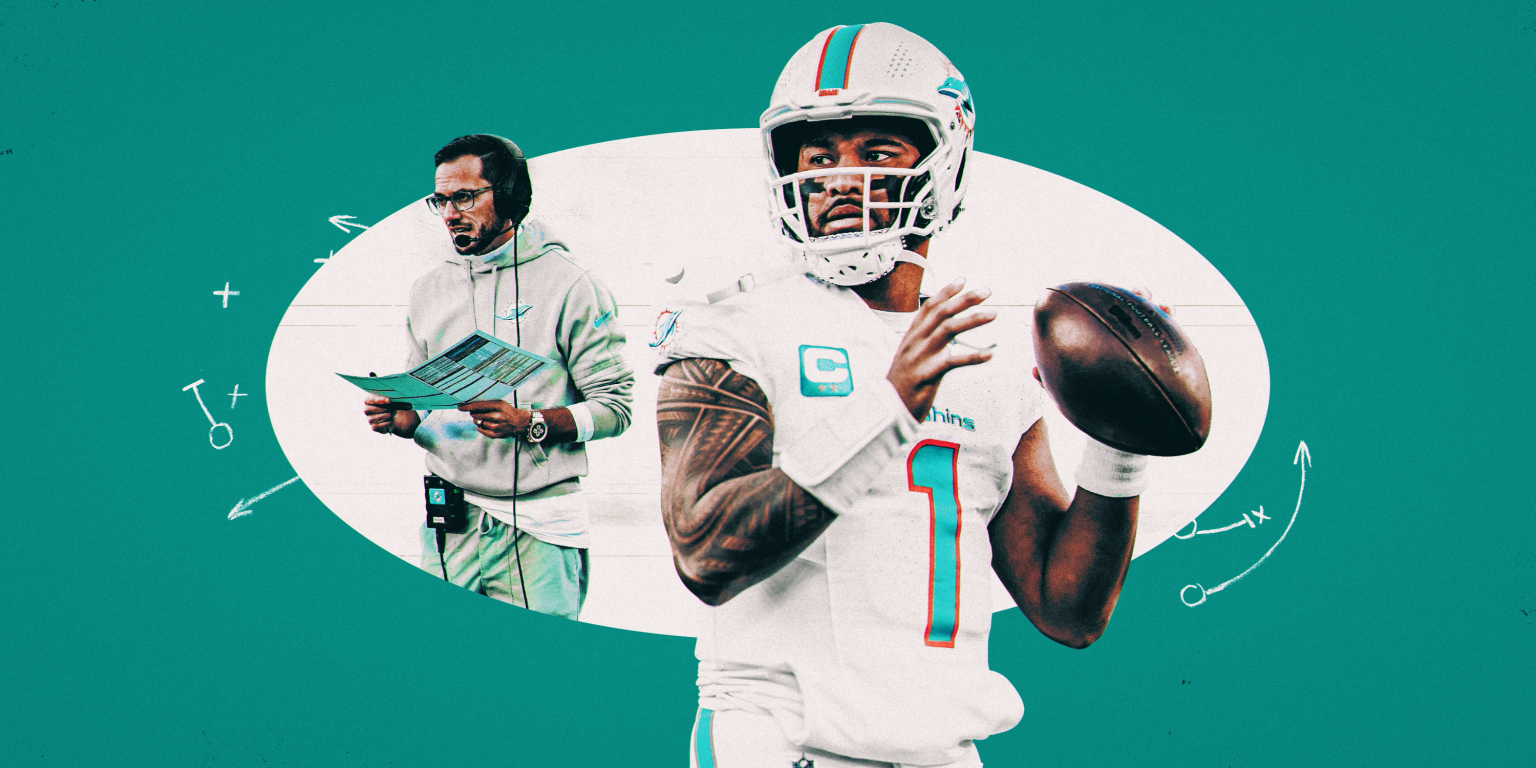In 2022, newly appointed Miami Dolphins head coach, Mike McDaniel, took on the challenge of coaching young and promising left-handed quarterback, Tua Tagovailoa. Tagovailoa, also a left-handed quarterback, had struggled with confidence issues during his first two seasons with the NFL. Taking advice from Steve Young, the first-ever left-handed quarterback selected to the Pro Football Hall of Fame, McDaniel began focusing on Tagovailoa’s unique mechanics, rather than the results of his throws, in an attempt to boost his confidence.
As McDaniel delved deeper into Tagovailoa’s performance on the field, he began examining the potential strategic advantages of the player’s left-handedness. He hypothesized whether play formations, blocking and route combinations could accentuate a lefty’s game, turning a visual anomaly into a strategic advantage. McDaniel felt that understanding how Tagovailoa throws could not only help design an offense that capitalizes on the uniqueness of a left-handed quarterback, but also help boost Tagovailoa’s confidence in his abilities.
Adjusting an offense to a left-handed quarterback however involved overcoming some challenges. Some challenges include flipping the quarterback’s “blind side” and altering the mechanics of the tackle’s role, which required significant physical conditioning and retraining. Additionally, receivers also had to adjust to a left-handed throw, which spins the opposite direction and can sometimes feel strange to catch. However, Dolphins coaches and receivers stated that Tagovailoa did not face this issue, making the transition easier.
Teams who have a left-handed quarterback like the Oregon Ducks, have found ways to take advantage of the left-handed quarterback’s ability to read the field differently by inverting his receiver progressions, giving the player a unique perspective and challenge for defenders. Similarly, the Dolphins employed their version of the “mid-game” while also using the “Chevy” series, which helped Tua Tagovailoa capitalize on his unique style of throwing and put defenders at unease.
Despite potential defensive adjustments to the left-handed throw, McDaniel was clear about his objective. He sought to make defenders hesitate, capitalizing on this hesitance by pairing it with the speed of his skill players. McDaniel believed that even a fraction of a second’s hesitation on a left-handed throw and the disruptive motion of fast players could prove disastrous for a defense. Thus, he continually worked to reinforce his belief that Tagovailoa’s left-handedness could be a competitive advantage.
Consequently, two years after the coaching change, Tagovailoa signed a $212 million extension with the Dolphins. McDaniel’s approach towards Tagovailoa’s unique skill set not only challenged conventional NFL coaching methods, but also built a robust player-coach relationship. This relationship, along with McDaniel’s assurances of Tagovailoa’s worth, led to the young quarterback feeling confident and valued in the team. Whether their strategy will revolutionize the way the NFL views left-handed quarterbacks remains to be seen.


